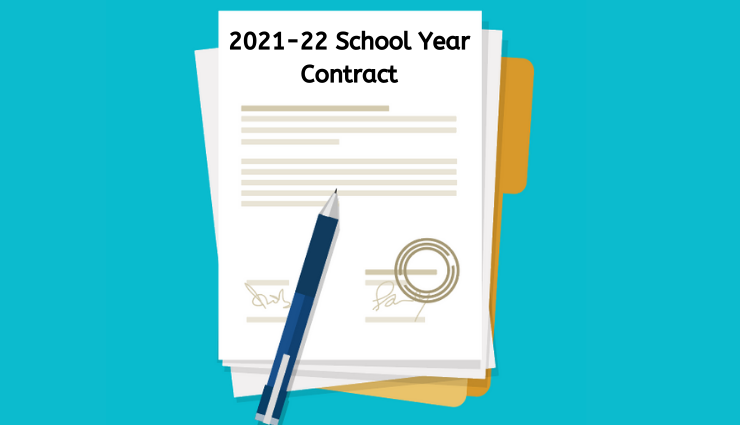Improving Racial Outcomes in STEM Courses

On June 19, or Juneteenth, following weeks of nationwide protests against the police killing of George Floyd and other African Americans at the hands of the police and vigilantes, Virgin Galactic, Richard Branson’s stargazing company, announced the launch of a program to cultivate Black leadership in the aerospace industry through scholarships, professional mentoring, and fellowships.
It’s hard to find good news these day, but we see the scale and scope of the protests, and the overwhelm support for immediate and lasting action on racial justice, to be one of the bright spots of 2020. It feels like the kind of groundswell for civil rights that we haven’t seen since the 1960s. In many ways, this new movement — under the banner of Black Lives Matter — is larger and potentially greater than any civil rights initiative to date. If all of us keep up the pressure in our communities, workplaces, states, and nation — in any sphere of influence we have — we can end the reign of institutional racism that arrived with the first European settlers and has held on through 244 years of American democracy.
Our core mission doesn’t exactly relate to Virgin Galactic’s goals of taking passengers to space and beyond. (In truth, if anything, we’d rather the company spend its energies on protecting this planet before going in search of others.) That said, it’s good to see a corporation wanting to align itself with a movement for racial justice.
We mention the news from Virgin Galactic because it also reminds us that we’ve been meaning to write about the racial and gender inequities in the STEM fields and how these inequities get their start in the field of education. In other words, for those of us who work in schools, it’s important to understand that what we do and don’t do regarding racial justice and anti-racist and anti-bias education has an impact on individual students and their futures as well as on the larger society.
About its program, Virgin Galactic says it is “designed to support the next generation of Black leaders, who will power the rapidly developing aerospace industry and help solve the global challenges in years to come. As a part of this program, selected students will receive scholarship support, mentoring, summer fellowships, and job opportunities upon graduation. The aspiration is to support Black scholars through the academic pipeline to a successful early career placement opportunity.”
Using the term “aspiration” instead of “plan” leaves this initiative in the vaguely valuable category. But if Virgin Galactic follows through, that’s great. However, in order to get Black scholars into the STEM-job pipeline, those scholars first need to attend schools that encourage and support them in STEM education from elementary school through high school. Unfortunately, recent studies reveal that schools aren’t doing this well.
A study funded by the National Science Foundation makes clear that the choice to major in STEM in college begins when children’s interest in science is sparked at an early age. As the report puts it, “Primary schools must nurture this spark. Secondary schools must continue to inspire and nurture students interests while preparing them for college.”
Nurturing the spark among students of color in primary school means that, first of all, that primary school educators must be aware of the racial bias against Black and Latinx students in the STEM fields and consciously work to counter the bias. Meanwhile, high schools, the report’s authors say, “must offer youth the opportunities to enroll in rigorous mathematics and science taught by passionate educators instructing in their fields of expertise.”
We’ve heard White educators who teach STEM courses say that diversity work in schools doesn’t effect their teaching because their focus is so fact-based. They argue that they can, in effect, focus on the course and ensure that all students are learning the material. But the research makes clear that this isn’t the reality for most students of color. Research “indicates that while many youth have informal family, community, and K-12 school experience that spark, nurture, and prepare them for college STEM majors, too often the students’ race, gender, and social class predict their opportunities to learn, with under-represented minority youth having few of these critical experiences.”
A new book from Harvard Education Press — “Black, Brown, Bruised: How Racialized STEM Education Stifles Innovation,” by Ebony Omotola McGee — also reveals the challenges that underrepresented racially minoritized students confront in order to succeed in STEM education and in the STEM profession. Among other things, the book provides accounts of racism on campus, in the lab, and on the job, and portrays learning and work environments as rife with racial stereotyping, conscious and unconscious bias, and microaggressions.
In short, when it comes to STEM (or STEAM) education, we can and must do better across race and gender. It must be done collectively and consciously and in a structured manner. What can schools do?
At the elementary level:
- Keep extensive data on student experience in STEM classes — in order to determine if racial bias is emerging.
- Require STEM educators to get training in running anti-racist classes.
- Engage STEM teachers in discussing how they can individually and collectively engage under-represented students in STEM. Create a plan; follow through.
- Identify methods to spark and nurture the interest among under-represented students and work to sustain that interest through scaffolded learning.
- Connect with families of under-represented students to encourage coordinated engagement on the home and school fronts.
- Give all students the opportunity to excel in areas of deep interest. When educators support the students’ interests, students thrive.
At the secondary level, all of the above applies here. In addition:
- Make sure the pathways to high levels of achievement in STEM are available to all students. What is the scope and sequence of your science and math courses? Do you offer Advance Placement or equivalent science courses? Studying physics, the research points out, is essential for any high school student who wants to consider majoring in STEM in college. Are under-represented students being encouraged and prepped for studying physics?
- In addition to core STEM classes, be sure that under-represented students have co-curricular and extracurricular experiences that increase their STEM knowledge and interest.
- If your school tracks students, examine your practices to ensure there is no racial bias. Too many schools track under-represented students to lower-level science courses that can prevent them from a STEM pathway in college and beyond.
- More broadly, understand that attending majority White schools can be not just challenging for students of color but also depressing, which in turn affects engagement and GPA. Schools need to be engaged in diversity, equity, and inclusion (DEI) work — seeing it as essential to all students’ success. Having a racially diverse faculty, especially in the STEM subjects, also matters for racially equitable outcomes. Research makes clear that Latinx students identify teachers as important influences in their college major choice more than members of other racial/ethnic groups.
- Having highly qualified and passionate STEM teachers is also positively associated with students’ choice to major in a STEM field.
We’ll leave it to others to decide if taking a spaceship full of people into space makes any sense. But if a Virgin Galactic’s spaceships start exploring the gravity-free regions of the universe, we certainly hope they will all have a racially diverse group of well-educated scientists on board. For the record, we’d also encourage a racially diverse group of humanity experts, writers, and artists to join them.








